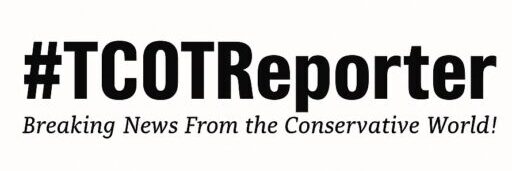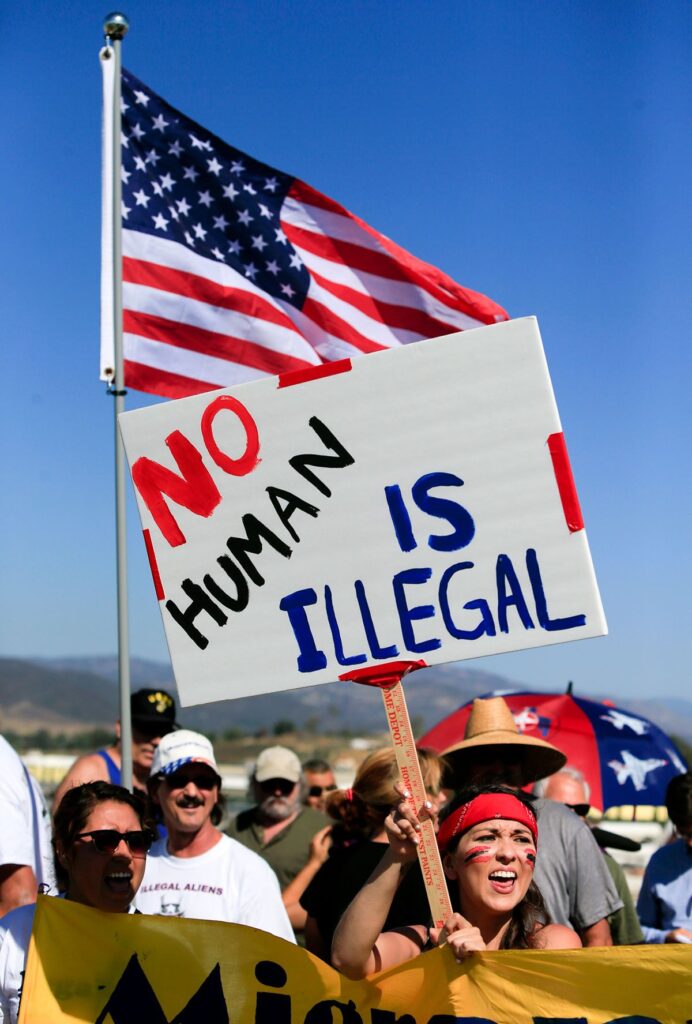When Washington rescued the banks in 2008, it discovered more than a fiscal precedent. It learned a governing technique. The doctrine of “Too Big to Fail” was meant to stabilize markets, but it also revealed something about power: once a system grows large enough, the moral and logistical costs of letting it collapse outweigh the discipline of enforcing rules. Scale becomes immunity.
Fifteen years later, that same logic shows up in a different corner of American life—the southern border. The numbers, rhetoric, and policy mechanics look different, yet the operational pattern is familiar: tolerate expansion until the problem reaches a magnitude that can only be managed, not reversed, and then frame management as compassion.
The bailout as blueprint
The financial crisis taught policymakers that capacity limits are not fixed; they are political. When sub-prime losses metastasized through the banking system, the solution wasn’t targeted punishment but universal accommodation—liquidity for everyone, moral hazard included. That decision normalized a new idea: impossibility is leverage. If a failure threatens the wider system, the system must adapt to it.
The immigration corollary
After 2008, the same pattern began to appear in immigration debates. The undocumented population had already reached roughly 11 million, far beyond the federal government’s enforcement capability. Policymakers started to describe the situation not as a violation to be corrected but as a demographic fact to be managed. Programs such as Deferred Action for Childhood Arrivals (2012) and the proposed Deferred Action for Parents of Americans (2014) converted that reality into policy. They didn’t legalize presence outright, but they suspended consequences—regulatory forbearance in humanitarian form.
By the summer of 2014, when tens of thousands of unaccompanied minors arrived from Central America, enforcement capacity was again overwhelmed. What had once been a legal debate over status became a moral debate over protection. The vocabulary shifted from “illegal entry” to “unaccompanied children,” and the argument for deportation dissolved in the language of duty and empathy. Once more, magnitude dictated mercy.
Crisis as management strategy
Fast-forward to 2021. Border encounters hit record levels, and the Department of Homeland Security introduced new parole programs, regional processing centers, and temporary-protected-status expansions. The stated goal was to create “safe, orderly, and humane” migration—an echo of “systemic stability.” These measures alleviated pressure on the system but also institutionalized the flow. The apparatus built to handle emergencies became the normal operating condition.
Across both eras, the pattern is identical: when enforcement meets capacity limits, the bureaucracy redefines success as mitigation rather than reduction. Over time, temporary accommodations harden into precedent. What began as exceptional relief evolves into expected entitlement.
The arithmetic of inevitability
Selective amnesty—whether through deferred action, parole, or mass TPS—contains its own logic of expansion. Once a government forgives one subset of violators, it creates a fairness dilemma for the rest. The argument for compassion broadens by moral gravity: if the Dreamers deserve relief, what about their parents? If families can’t be separated, who exactly can be removed? Each iteration widens the perimeter until enforcement becomes the exception.
That drift isn’t driven by malice; it’s driven by political physics. The larger the affected population, the smaller the space for punitive solutions. Just as regulators in 2008 feared that punishing a few banks would crash the system, today’s policymakers fear that strict enforcement would break humanitarian norms or supply chains. The end point is the same: accommodation through scale.
Emotion as currency
The emotional vocabulary of crisis management also migrated. In 2008, officials warned of economic collapse; in 2014 and 2021, they warned of humanitarian catastrophe. Both narratives reframed discipline as cruelty and urgency as virtue. “Save the system” became “save the children.” The imagery differs, but the logic is identical: urgency suspends accountability.
The result is a cycle of planned improvisation. Each surge prompts temporary fixes that expand administrative reach—funding for shelters, contracts for NGOs, digital case systems—while promising that the next reform will restore order. But the next reform arrives only when the next surge makes inaction impossible. Crisis is no longer an interruption of policy; it is the engine of policy.
From regulation to resignation
By 2025, the federal apparatus at the border resembles a financial clearinghouse: it processes flows it cannot refuse, mitigates risk through paperwork, and distributes responsibility across agencies until accountability diffuses. Governors, mayors, and Congress argue over metrics, not missions. Each new metric ratifies the permanence of the problem.
None of this requires conspiracy. It requires habit. The same administrative reflex that once saved the banking system—manage, don’t punish—now governs migration. The state’s capacity for control has not failed; it has changed objectives. Order is redefined as endurance.
The real cost of scale
“Too Big to Fail” rescued institutions but eroded discipline. “Too Big to Tackle” rescues policies but erodes credibility. When every unsolved problem becomes proof of compassion, failure stops being disqualifying. The larger the crisis, the nobler the effort to manage it. In that sense, both Wall Street and the border illustrate the same paradox of modern governance: when systems grow beyond the reach of enforcement, the absence of control masquerades as morality.
Citations
- Federal Reserve – “The Financial Crisis and the Policy Response” (Jan 13 2009)
- Department of Homeland Security – “Deferred Action for Childhood Arrivals” (Jun 15 2012)
- Migration Policy Institute – “Unaccompanied Child Migration to the United States: The Tension between Protection and Prevention” (Jul 2014)
- Department of Homeland Security – “FY 2021–2024 Southwest Border Encounters” (Accessed Oct 2025)
- Congressional Research Service – “Temporary Protected Status: Overview and Current Issues” (Sep 2024)
- Pew Research Center – “Americans’ Views of Immigration Policy” (Jun 27 2024)


Pingback: The Iron Triangle: Welfare, Borders, and the Bureaucracy That Feeds Itself - #TCOT Reporter
Pingback: Border as Marketplace - #TCOT Reporter